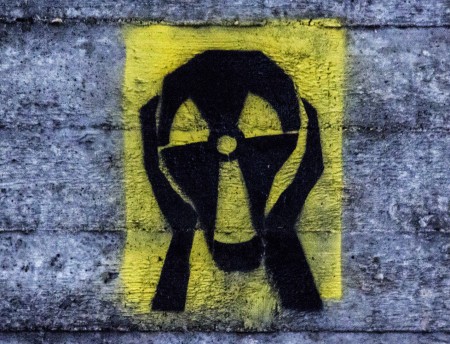
This article was originally published by War on the Rocks on 19 October 2017.
On Tuesday, Deputy Secretary of State John Sullivan said of North Korea that the current U.S. “focus is on diplomacy to solve this problem that is presented by the DPRK. We must, however…be prepared for the worst, should diplomacy fail.” Not surprisingly, most recent commentary and analysis on the current North Korea crisis has focused on the prospects of either a near-term conflict or a diplomatic way out. That focus is understandable, but fixates on the two least likely outcomes. Rather than preparing for diplomatic or warfighting scenarios with a nuclear-armed North Korea, the United States should be preparing for a sustained period of deterrence, coercive diplomacy, and rollback. This is the best approach to achieve the international community’s long-stated goal of the eventual peaceful denuclearization and reunification of the Korean Peninsula at an acceptable cost.




